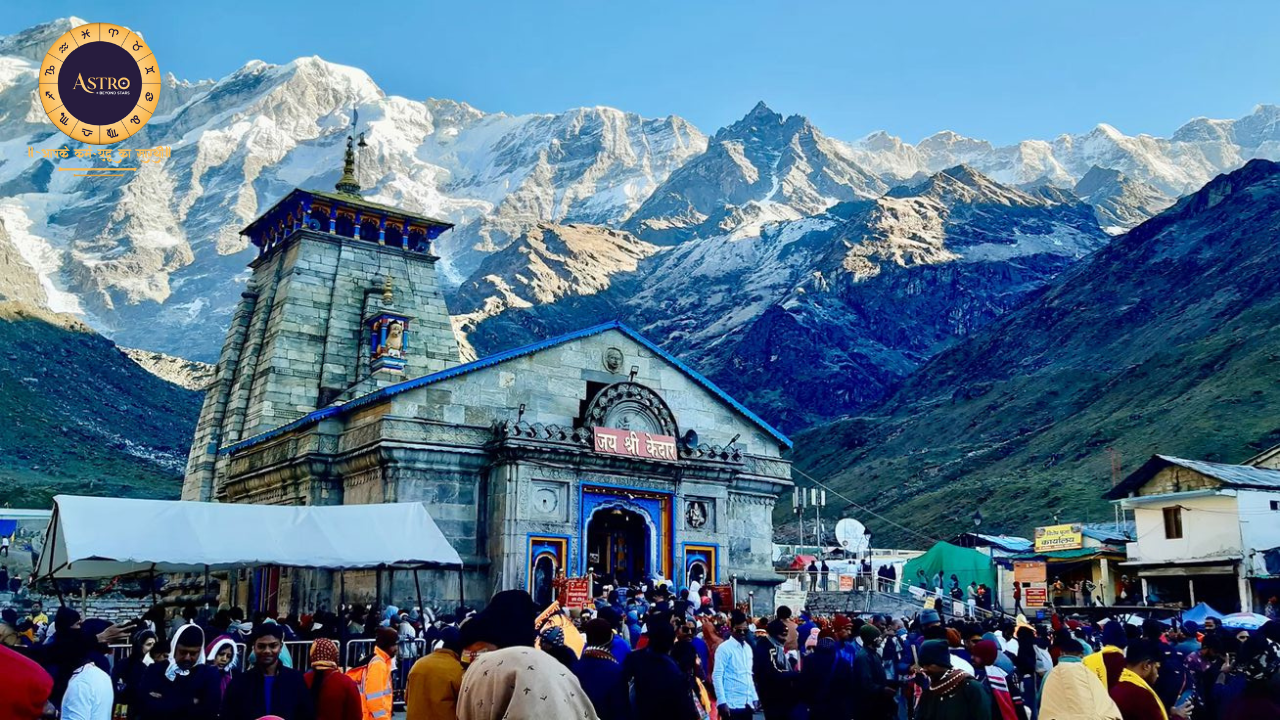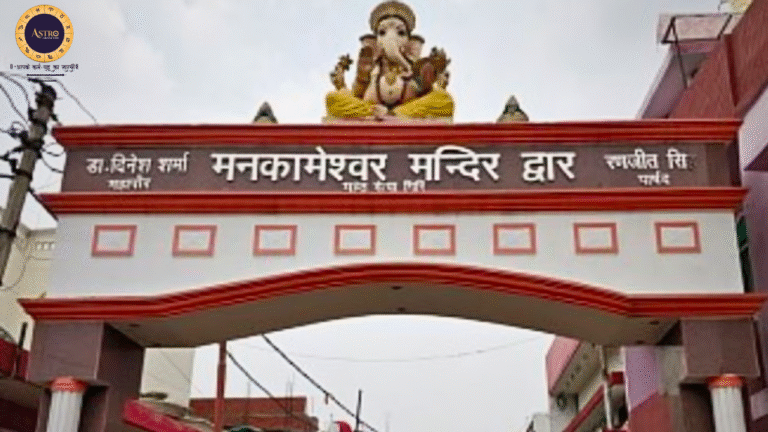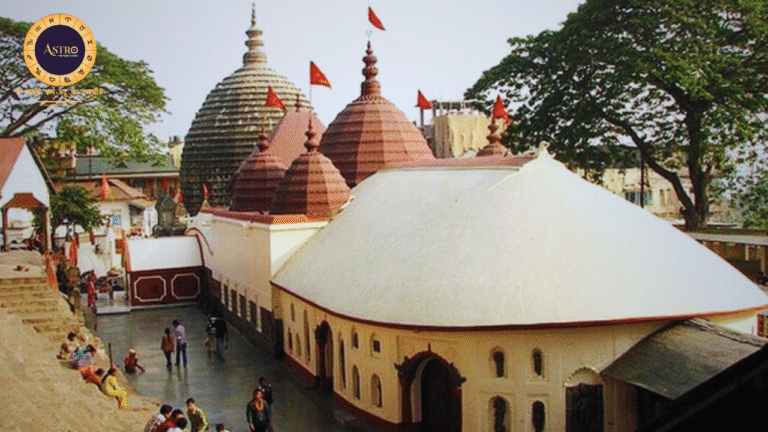About:
Kedarnath is a renowned pilgrimage town in the Indian state of Uttarakhand, nestled in the Himalayan Mountains. It holds immense spiritual and cultural significance as it is home to the Kedarnath Temple, one of the twelve Jyotirlingas of Lord Shiva. Kedarnath is the highest of the 12 Jyotirlingas. It is said that the Pandavas built the temple in Kedarnath after pleasing Shiva through penance, then achieved moksha and left this Earth. Shiva then also promised them to remain in the area as a Jyotirlinga, and it is believed that Mahadev then manifested in the form of the Jyotirlingam or the cosmic light.
The Pandavas sought to atone for the transgressions committed during the Kurukshetra war. Consequently, they entrusted the governance of their kingdom to their relatives and embarked on a quest to find Shiva and obtain his blessings. However, Shiva wished to elude them and took the form of a bull (Nandi). Bhima, the second of the five Pandava brothers, spotted the bull grazing near Guptakashi, a name that signifies “hidden Kashi,” reflecting Shiva’s act of concealment. Recognizing the bull as Shiva, Bhima seized it by its tail and hind legs. Nevertheless, the bull-shaped Shiva vanished into the earth, later re-emerging in various forms: the hump in Kedarnath, the arms in Tungnath, the face in Rudranath, the navel and stomach in Madhyamaheshwar, and the hair in Kalpeshwar. Pleased to see the manifestation of Shiva, in five distinct forms, the Pandavas constructed temples at these locations to honor and worship Shiva. Collectively, these five sites are referred to as Panch Kedar.
According to Madhava’s Sankshepa-shankara-vijaya, the 8th century philosopher Adi Shankara passed away in the mountainous region close to Kedarnath. Adi Shankara is traditionally credited with the revival of this temple, along with Badrinath and several other temples in Uttarakhand; it is also believed that he attained Mahasamadhi at Kedarnath.
The Kedarnath Teerth Purohits are the ancient Brahmins of this area, whose forebears (Rishi-Muni) have been venerating the lingam since the era of Nara-Narayana and Daksh Prajapati. King Janmejay, a descendant of the Pandavas, granted them the privilege of conducting worship at this temple and donated the entire Kedar region to them, allowing them to serve pilgrims ever since. According to a tradition noted by the English mountaineer Eric Shipton in 1926, “many hundreds of years ago,” a single priest would conduct services at both the Kedarnath and Badrinath temples, making daily journeys between the two locations.
Location and Setting
Altitude: Located at about 3,583 meters (11,755 feet) above sea level.
River: Situated near the Mandakini River.
Surroundings: The temple is set against the backdrop of the majestic Kedarnath Peak, part of the snow-capped Himalayas.
Historical Significance
It is believed to have been constructed by the Pandavas and later reconstructed by Adi Shankaracharya in the 8th century..
Architecture
Built from large stone slabs, the temple is a marvel of ancient engineering. The architecture of the Kedarnath Temple is a remarkable blend of spirituality, engineering, and ancient design techniques, showcasing the ingenuity of early Indian builders. Here’s a detailed breakdown of its architectural features:
1. Style and Materials
Style: The temple is built in the Nagara style of Hindu temple architecture, characterized by a tall, curvilinear tower (shikhara) and intricate stone carvings.
Material: Constructed using massive, interlocking gray stone slabs, which were likely transported from nearby quarries. These stones are fitted without mortar, displaying exceptional craftsmanship and durability.
2. Structure and Layout
Sanctum Sanctorum (Garbha Griha):
The innermost chamber houses the primary deity, a naturally formed, irregular shivalinga (resembling a hump of a bull).
The sanctum has a small, dark, and serene space, promoting a deep spiritual ambiance.
Mandapa (Assembly Hall):
A large rectangular hall precedes the sanctum. This hall serves as a gathering place for devotees and features intricately carved pillars and walls.
The hall’s roof is supported by massive stone columns, ensuring stability.
Shikhara (Temple Tower):
The shikhara is a tall, pyramid-shaped structure with a plain yet imposing design.
Unlike other temples with elaborate towers, Kedarnath’s shikhara is relatively simple but harmonizes with the rugged Himalayan landscape.
3. Carvings and Ornamentation
Exterior Walls: The outer walls of the temple are adorned with minimal carvings, primarily depicting Hindu deities, mythological scenes, and sacred symbols.
Figures and Reliefs: Images of Lord Shiva, Parvati, and other gods, along with celestial beings, are present on the temple’s exterior and pillars.
4. Foundation and Durability
The temple stands on a large rectangular platform made of stone, which keeps it stable despite being surrounded by glaciers, rivers, and rugged terrain.
The interlocking stone technique and heavy construction have helped the temple withstand earthquakes, floods, and other natural calamities, including the 2013 floods.
5. Unique Features
Himalayan Context: The design is minimalist, tailored to withstand the region’s harsh climatic conditions, including freezing temperatures and heavy snowfall.
Adi Shankaracharya’s Influence: The present structure is believed to have been re-established by Adi Shankaracharya in the 8th century CE, though its origins trace back to the Mahabharata era.
Orientation: The temple faces south, which is unusual for Hindu temples (most face east), aligning with specific spiritual or geographical considerations.
Surrounding Structures
Nandi Statue: A large stone statue of Nandi, Shiva’s bull, sits in front of the temple as the guardian of the deity.
Adi Shankaracharya Samadhi: A memorial for Adi Shankaracharya is located near the temple, honoring his contributions.
Spiritual and Symbolic Significance
The use of natural materials and the integration of the temple into its rugged Himalayan setting reflect the spiritual concept of unity between nature and divinity.
The temple’s simplicity and durability mirror Lord Shiva’s attributes: austere yet eternal.
Pilgrimage Importance
It’s part of the Chota Char Dham Yatra and is visited by thousands of devotees every year.
Access
Trek: It requires a 16-18 km trek from Gaurikund, though a helicopter service is also available for ease of access.
Best Time to Visit: From May to June and September to October. The temple remains closed during winter due to heavy snowfall, and the deity is shifted to Ukhimath.
Natural Disasters:
In 2013, Kedarnath faced a devastating flood caused by a cloudburst and glacial overflow, which caused significant loss of life and infrastructure. The town has since undergone restoration and improvements in disaster management.
NB: If you are planning to visit Kedarnath Dham, please send in your details and register with uttarakhand tourism /government sites before moving.




